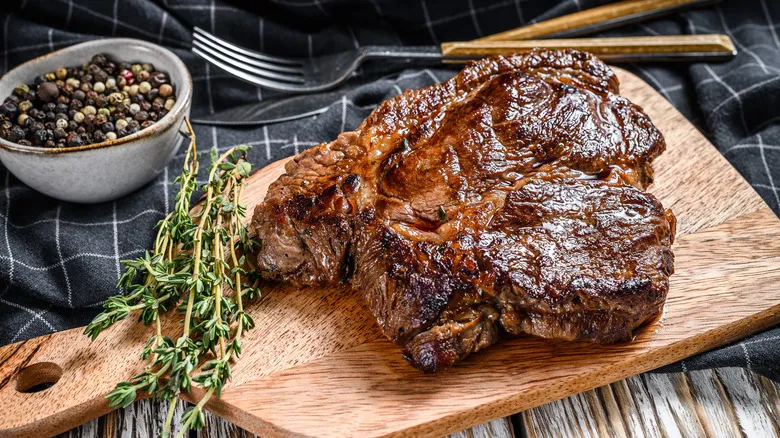The murky origins of Hoosier chili
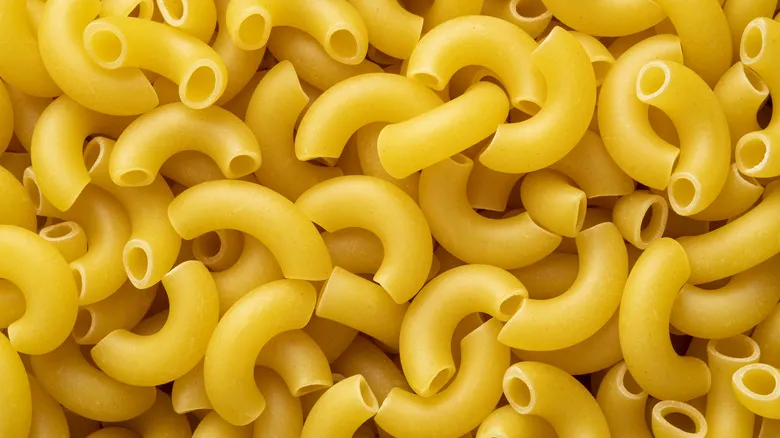
An article in The Indy Star notes that the first recorded instance of Hoosier chili dates back to 1908, when an Indiana woman named E.C. Comer shared her chili recipe with a local newspaper. This was 14 years before the creation of the more widely known Cincinnati chili in 1922. Comer's recipe included "a 10-cent piece of boiling beef" and the contentious ingredient that sparks debates about chili: spaghetti. The exact moment and reason why macaroni noodles became the standard pasta for Hoosier chili remains uncertain, but it is believed that this substitution was a cost-effective way to make the dish more substantial during the Great Depression, catering to Midwesterners who were not used to the spiciness typical of Southwestern cuisine.
Today, numerous Hoosier chili recipes can be found online, with some food bloggers referring to it as "Hoosier chili soup" or "chili mac soup." There are also variations that use different pasta shapes, such as rotini, instead of elbow macaroni. While traditional beef chili enthusiasts may be taken aback by the inclusion of macaroni—or any type of noodle—this addition provides a pleasant balance of carbohydrates to a dish that is otherwise rich in protein. And remember, don’t dismiss it without giving it a try. You might discover that Hoosier chili is delicious enough to become a staple in your home-cooked meals, even if you choose to call it something other than "chili."
Recommended

Granola Vs Muesli: What Makes Them Different?
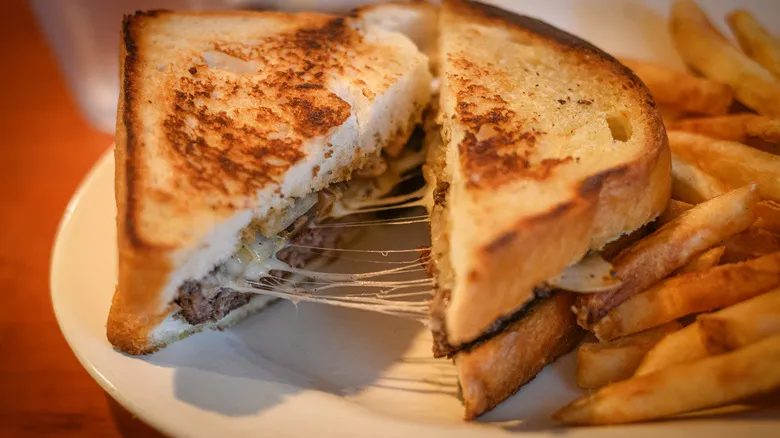
How The Patty Melt Became A Beefy Diner Staple
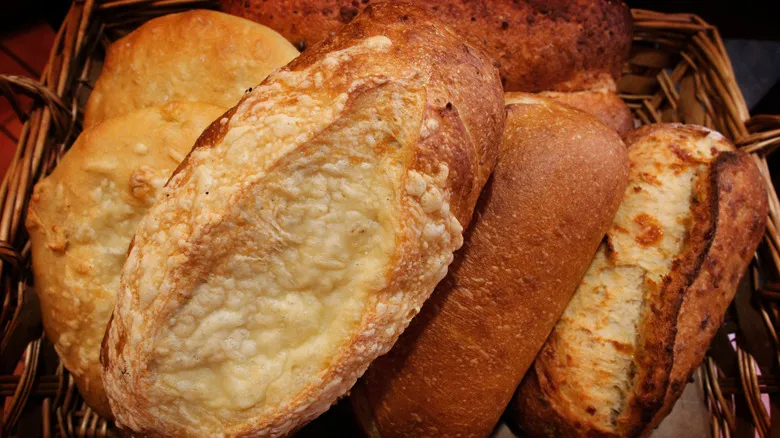
Does Panera Make Its Bread Fresh?
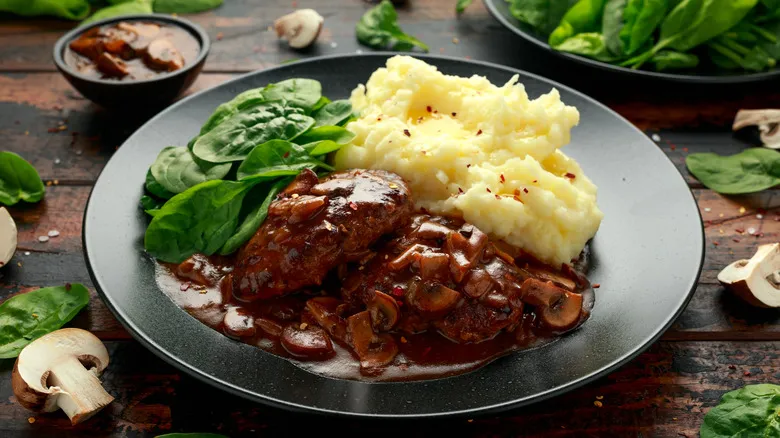
What Makes Salisbury Steak Different From A Bun-Less Hamburger?
Next up


